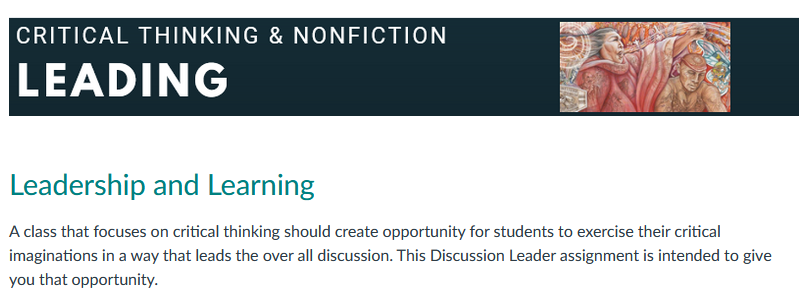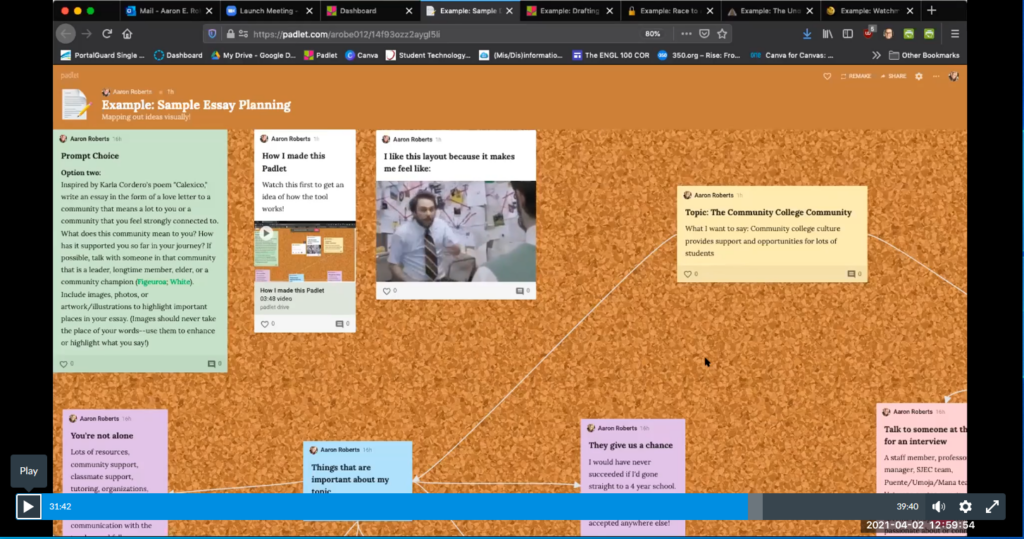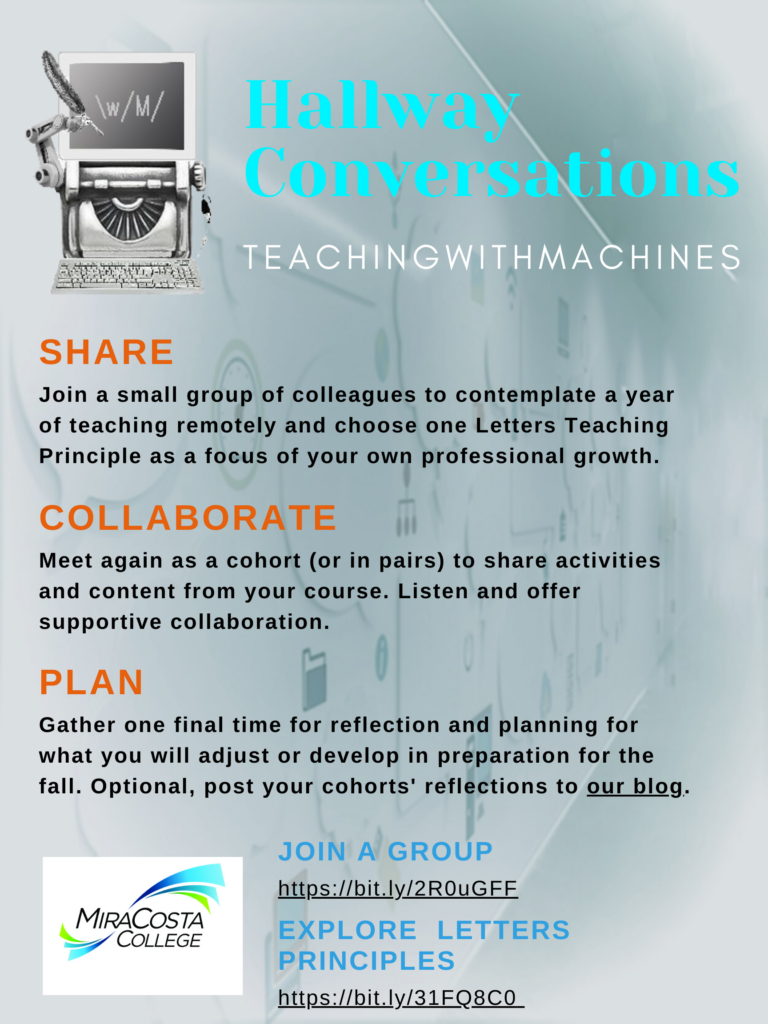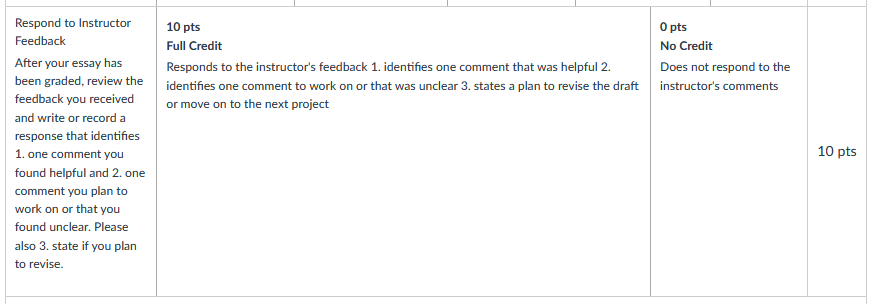My Hallway Conversation group met for the final time today, and we ended the meeting by making plans to stay in touch and continue collaborating. For me, this has been a refreshing experience connecting with colleagues. We shared our experiences teaching in this time-warp where some of us actually feel more connected to our classes because we’re spending less time driving on the freeway and more time texting and meeting with students. We discussed what the new normal might look like–what it should look like–when we return to campuses. And we focused on how to make collaboration meaningful and not simply requisite in our courses.
One salient take-away I’m mulling is the importance of being present and not just productive in collaborative spaces. My colleagues reminded me of the importance of allowing students time and space to establish rapport with one another and to honor them as decision-makers in the process of project-based, group-oriented learning. The question remains, how do we do collaboration like this online, asynchronously?
My group and I talked a lot about open, optional spaces, like Pronto in Canvas–or Discord–as well as student hour Zoom sessions, which may or may not be recorded and shared later. We talked about the value of affective assignments, like those collected by the Equity Unbound and OneHE group and like those my colleagues in Letters ->ahem-Jade<- ->ahem-Chad<- ->ahem-Tyrone<- have modeled for me for years now.
The open space I’m tinkering with in my asynchronous class isn’t optional, but it is flexible. I call this space a Discussion Lead assignment.

Students have two weeks to contribute to this space before we workshop a major project. I ask students to 1) start something interesting, 2) share something interesting, and 3) respond to something interesting. Maybe they ask a question about the prompt. Maybe they ask a question about a concept. Maybe they share their thesis. Maybe they share their edgy title and a risky source. Participation here feels meaningful here, I think, because we all share a common feeling (of dread or joy, not sure sometimes) about our current drafts and the upcoming workshop, there’s intrinsic value posting in this space, reading in this space, and responding in this space. At least, I think so.
There is room to tweak and to think about how to fine-tune the context for each unique project and moment in the semester. The this-class-is-rad honeymoon period of Week 5 is way different than the what?-ENGL-is-still-happening? mindset of week 12, which is also way different from the we’re-in-this-together!!!! feelings of week 16. Thanks to my amazing colleagues, I have lots of ideas to think about, and a group I can reach out to share and hear feedback going forward. Thanks Scott, Dailyn, Liza, and Jose!



